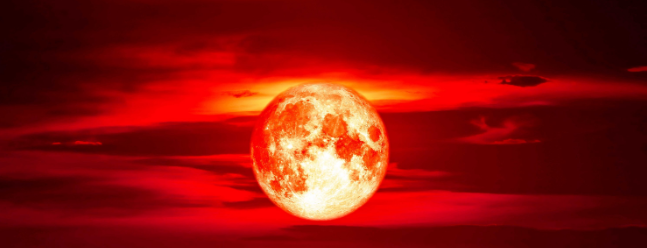
Full Moons of 2020

2nd September’s full moon at 6:22 am, is usually known as the Harvest Moon, because it is the full moon that falls closest to the September equinox. This year, however, it will be known as the Full Corn Moon, as the first of two full moons to fall in October is closest to the first day of astronomical autumn.
A full moon occurs every 29.5 days and is when the Moon is completely illuminated by the Sun’s rays. It occurs when the Earth is directly aligned between the Sun and the Moon.
While most years see 12 full moons, some years have 13 which means some months will see two full moons, with the second known as a Blue Moon. In 2020, 13 full moons will grace our skies, with the second of two full moons in October is known as the Blue Hunter’s Moon.
The early native Americans didn’t record time using months of the Julian or Gregorian calendar. Instead, tribes gave each full moon a nickname relating to an activity or event that took place at the time in each location, to keep track of the seasons and lunar months.
Colonial Americans adopted some of the moon names and applied them to their own calendar system which is why they’re still in existence today, according to the Farmer’s Almanac.
During September that most of the crops were harvested ahead of the autumn and this full moon would give light to farmers so they could carry on working longer in the evening, so derived the name the Harvest Moon, with some tribes calling it the Full Corn Moon, Barley Moon or Fruit Moon. October’s full moon came to signify the ideal time for hunting game, which were becoming fatter from eating falling grains. This full moon is also known as the Travel Moon and the Dying Grass Moon.
The Hunter’s Moon will also be a blue moon, because it is the second of the two full moons to occur in October 2020.
Beavers start building their winter dams around now, leading to this full moon moniker which is also known as the Frost Moon as winter frosts historically began to take their toll during November 30.
On December 30, the nights are long and dark as winter’s grip tightens, hence this full moon is called Cold Moon, also referred to as Moon before Yule and Long Nights Moon.
To follow is Wolf Moon in January because villagers used to hear packs of wolves howling in hunger also known as the Old Moon. Ice Moon and Snow Moon although the latter is usually associated with February’s full moon.
This year the night of the Wolf Moon also saw a penumbral lunar eclipse take place when the Moon moves through the outer, fainter part of the Earth’s shadow on January 10, 2020.
February 9, is Snow Moon as historically it’s always been the snowiest month in America, traditionally known as the Hunger Moon because was very difficult in snowy conditions.
March 9 is the Worm Moon as temperatures warm, earthworm casts begin to appear and birds begin finding food.
On April 8, is the Pink Moon named after pink wildflowers, which appear in North America in early spring. It is also known as Egg Moon due to spring egg-laying season as some coastal tribes referred to it as Fish Moon because it appeared at the same time as the shad Swimming upstream.
Flower Moon, graces our skies on May 7, when spring has officially sprung and flowers bloom. This full moon is also known as Corn Planting Moon, as crops are sown in time for harvest or Milk Moon as May was previously known as the month of three milkings.
On June 5 is the Strawberry Moon after the beginning of the strawberry picking season.
July brings in the Thunder Moon also known as the Full Buck Moon due to the prevalence of summer thunderstorms and a buck’s antlers are fully grown.
Tribes in North America typically caught Sturgeon around this time, when grain and corn were gathered so is sometimes referred to as Grain Moon or Sturgeon Moon on August 12.
